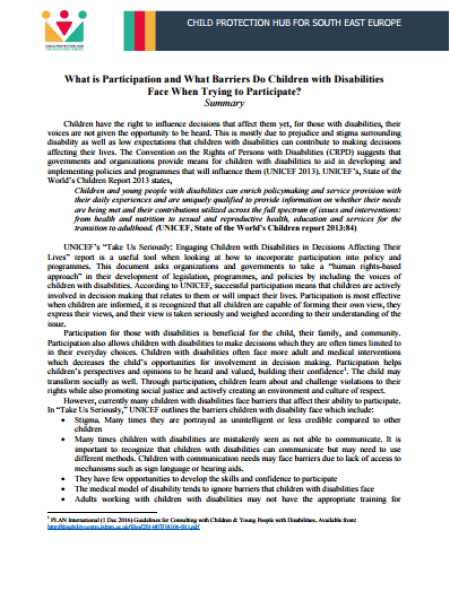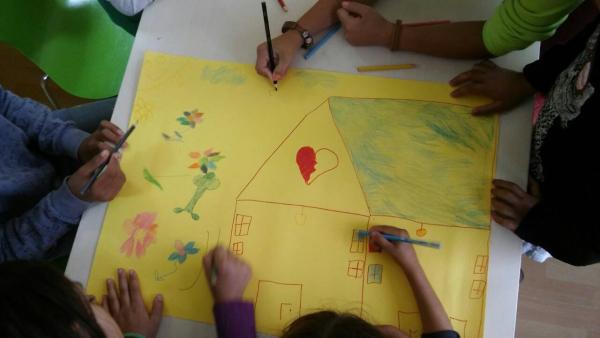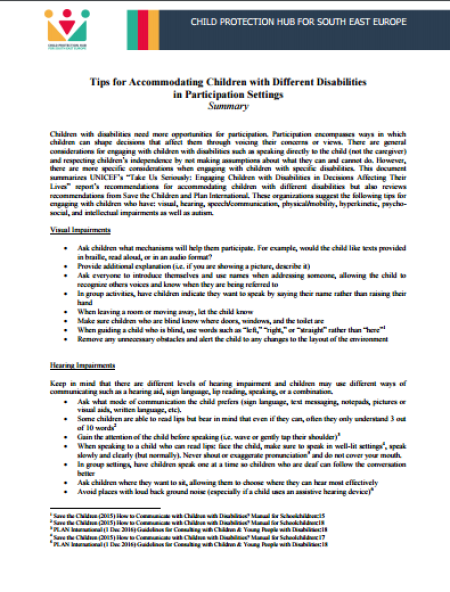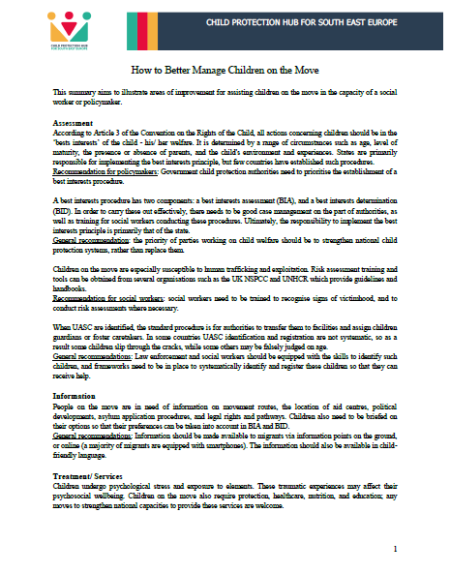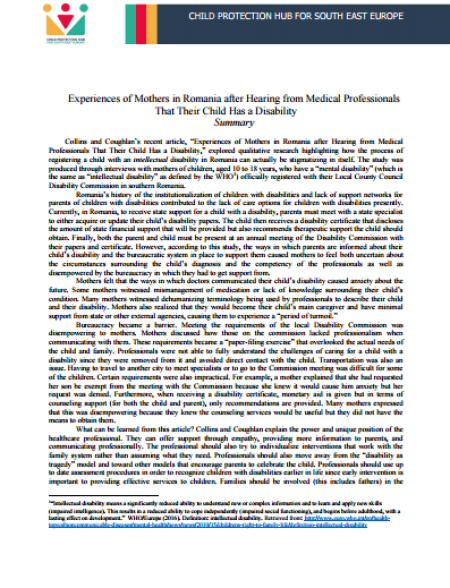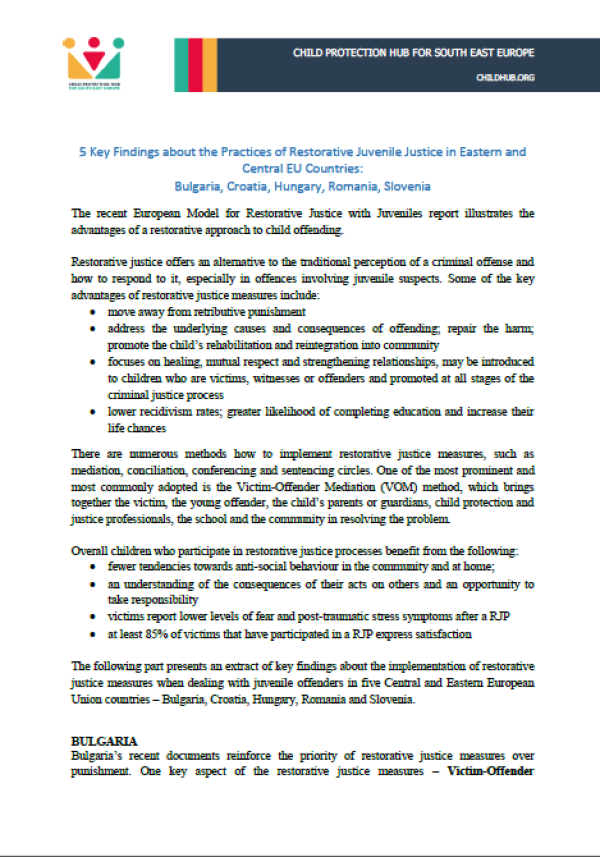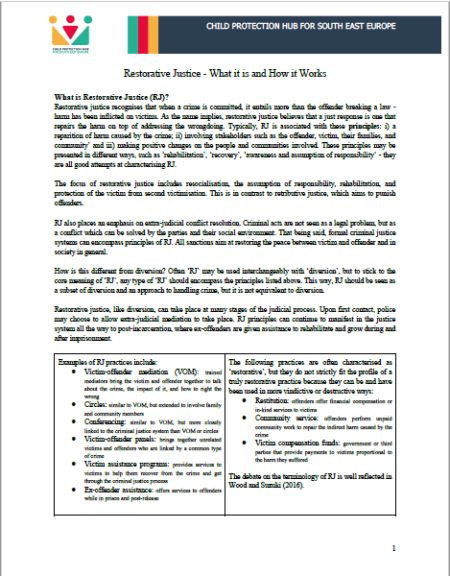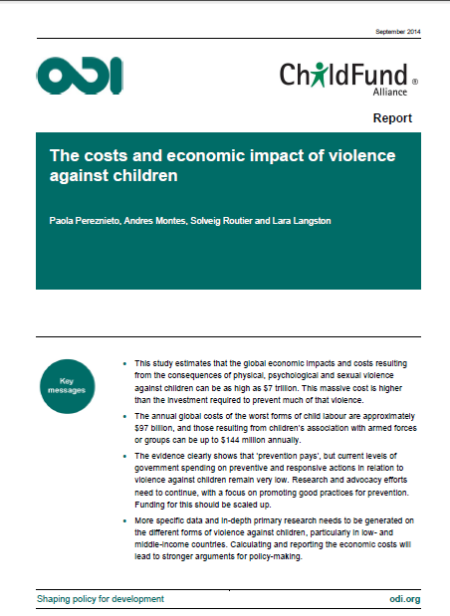
Children have the right to influence decisions that affect them yet, for those with disabilities, their voices are not given the opportunity to be heard. This is mostly due to prejudice and stigma surrounding disability as well as low expectations that children with disabilities can contribute to making decisions affecting their lives. The Convention on the Rights of Persons with Disabilities (CRPD) suggests that governments and organizations provide means for children with disabilities to aid in developing and implementing policies and programmes that will influence them (UNICEF 2013). UNICEF’s, State of the World’s Children Report 2013 states,
Children and young people with disabilities can enrich policymaking and service provision with their daily experiences and are uniquely qualified to provide information on whether their needs are being met and their contributions utilized across the full spectrum of issues and interventions: from health and nutrition to sexual and reproductive health, education and services for the transition to adulthood. (UNICEF, State of the World’s Children report 2013:84)
UNICEF’s “Take Us Seriously: Engaging Children with Disabilities in Decisions Affecting Their Lives” report is a useful tool when looking at how to incorporate participation into policy and programmes. This document asks organizations and governments to take a “human rights-based approach” in their development of legislation, programmes, and policies by including the voices of children with disabilities. According to UNICEF, successful participation means that children are actively involved in decision making that relates to them or will impact their lives. Participation is most effective when children are informed, it is recognized that all children are capable of forming their own view, they express their views, and their view is taken seriously and weighed according to their understanding of the issue.
Participation for those with disabilities is beneficial for the child, their family, and community. Participation also allows children with disabilities to make decisions which they are often times limited to in their everyday choices. Children with disabilities often face more adult and medical interventions which decreases the child’s opportunities for involvement in decision making. Participation helps children’s perspectives and opinions to be heard and valued, building their confidence[1]. The child may transform socially as well. Through participation, children learn about and challenge violations to their rights while also promoting social justice and actively creating an environment and culture of respect.
However, currently many children with disabilities face barriers that affect their ability to participate. In “Take Us Seriously,” UNICEF outlines the barriers children with disability face which include:
- Stigma. Many times they are portrayed as unintelligent or less credible compared to other children
- Many times children with disabilities are mistakenly seen as not able to communicate. It is important to recognize that children with disabilities can communicate but may need to use different methods. Children with communication needs may face barriers due to lack of access to mechanisms such as sign language or hearing aids.
- They have few opportunities to develop the skills and confidence to participate
- The medical model of disability tends to ignore barriers that children with disabilities face
- Adults working with children with disabilities may not have the appropriate training for communication support
- Many mechanisms for participation (like complaint procedures) are not easily accessible to children
- Girls with disabilities face the greatest barriers due to gender inequality
- The physical environment can also have literal barriers
When creating and providing children with disabilities opportunities to participate, these barriers should be kept in mind in order to remove or reduce barriers to participation. For more information on participation please refer to:
Prepared by Emma Anderson for Child Protection Hub for South East Europe, December 2016.
Sources:
UNICEF (2013) State of the World’s Children: Children with Disabilities.
UN Convention on the Rights of Persons with Disabilities (CRPD) Available from:http://www.un.org/disabilities/convention/conventionfull.shtml


